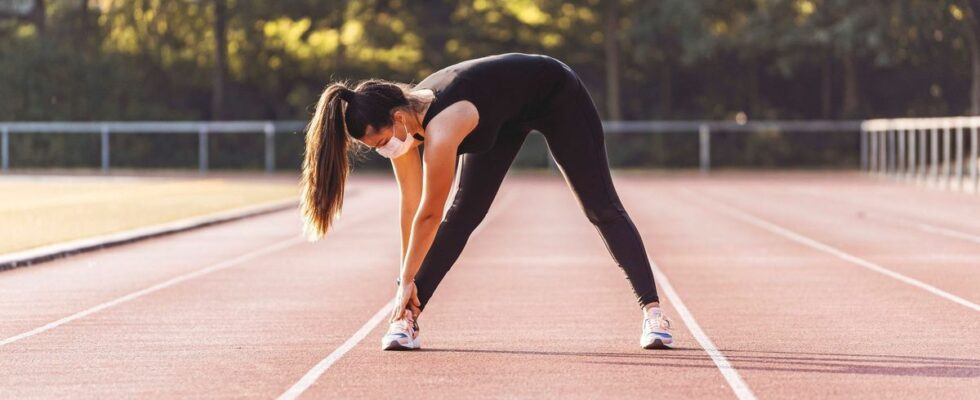Published on
Updated
Reading 2 min.
The “vast majority” of outdoor sports grounds in Paris and the suburbs “exceed the recommendations” of the World Health Organization (WHO) on air pollution, the Respire association warned on Tuesday, ten days before the opening ceremony of the Paris Olympic Games.
“95% of the land is exposed“at levels of nitrogen dioxide pollution exceeding WHO recommendations,” the association for the fight against atmospheric pollution points out in a report, based on a map listing 112 sports facilities in the Paris region, produced using data from the Ile-de-France air quality monitoring body Airparif.
“All land” is exposed to critical levels of fine particles and WHO recommendations for particles below 10µm (PM10) are exceeded on “90% of land”, she adds.
If the Respire association emphasizes “continuous improvement“air pollutant levels in the capital since 2012, it nevertheless calls for vigilance, in a “context of heat waves” often at the origin of “peaks of ozone pollution”.
“In the top 10 most polluted sites“, which have concentrated levels of nitrogen dioxide”3 to 4 times higher than the WHO recommendation“in 2023,”we note that these are almost exclusively infrastructures near the ring road“, the report details.
A worrying situation according to the association, which recalls that during the Olympic Games, from July 26 to August 11, “The athletes will be welcomed in the Olympic village of Saint-Denis, located in the immediate vicinity of the ring road and the Pleyel interchange between the A86 and the A1.“.
“Pollution peaks can prevent athletes from achieving top-level performances by causing asthma attacks and even fainting.” she warns.
Specially built to serve the Olympic Village”in a city considered one of the most polluted in Île-de-France in 2023“, the Pleyel interchange leads “10,000 to 30,000 vehicles per day” to circulate near schools, the study denounces.
Beyond the athletes, “700 children” are thus subjected to “particularly poor air quality in their schoolyards”, underlines the association, which recalls that “chronic exposure to air pollution is the 3rd cause of mortality in France”.
The report, which highlights the responsibility of “public policies regarding air quality in the capital”, calls on local authorities to “cease the construction of sports facilities near major roads”.

